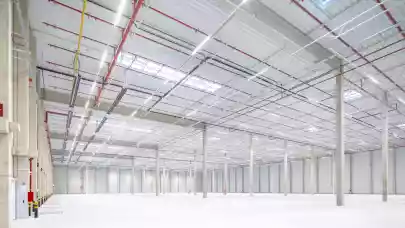The second paper in this series revealed that logistics real estate is actually the smallest cost component among major cost categories in supply chains right now, accounting for less than 5% of total cost to supply. For every $1 spent on rent, users of logistics real estate spend $5-7 on labour and $10 on transportation.
Therefore, in this third paper, titled “Innovation, Disruption and the Value of Time: The Next 10 Years in Logistics Real Estate”, Prologis highlighted that investments in alternative fuel sources and autonomous vehicles should push transportation costs down considerably over the long term, while automation/robotics investments will dramatically decrease labour expenditures. Given the current distribution of supply chain costs, efficiency gains in these areas will have significant implications: Prologis calculates that each 1% saving on transport and labour equates to 15-20% of rent for logistics real estate.
And there is the distinct likelihood that real estate will capture a portion of that margin. The shift toward Synchronized Commerce and its emphasis on convenience, immediacy and product variety should lead to increased complexity in retail and supply chain operations, and well-positioned logistics real estate can help to manage that complexity.
Retailing models are also changing as e-commerce supply chains grow and retail footprints shrink. Retailers are increasingly seeing their supply chains as a competitive asset rather than a cost centre and are prioritizing this capability. For supply chains, this means less will be spent on retail and more will be spent on logistics real estate – in particular, facilities near and within major population centres.
The research attempts to quantify this. Prologis calculates that logistics rents within major markets are around 1.5-2.0 times higher (and sometimes more) than near-adjacent supply chain markets, such as the major market of Warsaw and adjacent Błonie. And rental rate differences within markets over distances spanning 120 kilometres (1- to 2-hour drive times) also illustrate stark differences. Prologis Research organized rental rates by submarket and distance to the city centre for the world’s top seven logistics real estate and consumption markets and found that rents in infill and urban locations are 2-3 times higher than in peripheral locations.
“Rents in the world’s leading infill submarkets have nearly doubled in the last five years; we believe this outsized growth will continue,” says the report’s co-author, Dirk Sosef, vice president research and strategy, Prologis Europe. “We expect the rent gradient to steepen as customers have the business case, capability and willingness to pay for infill and urban locations.”




